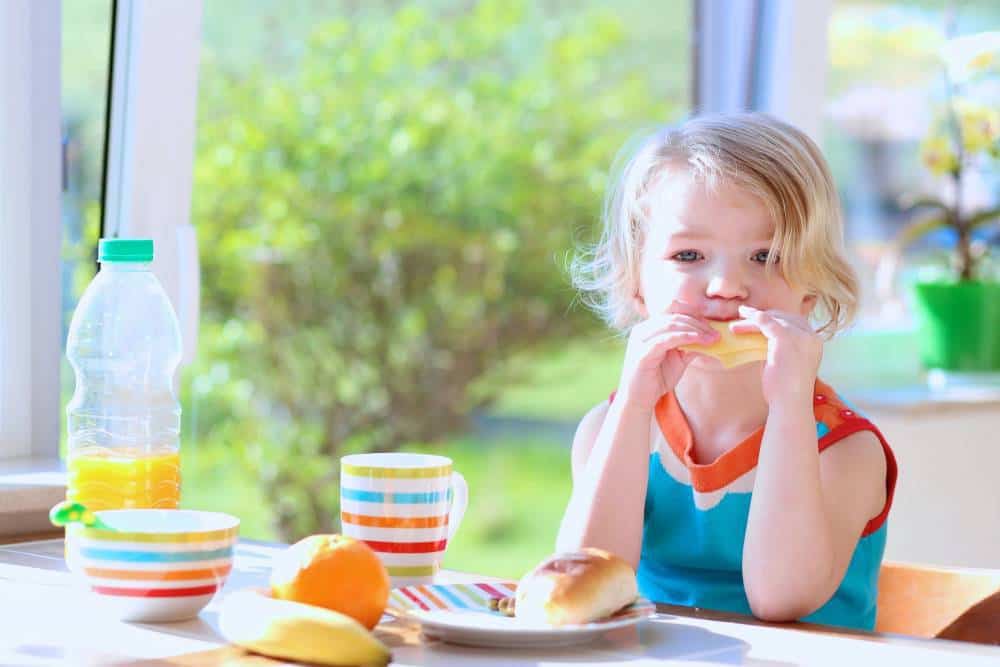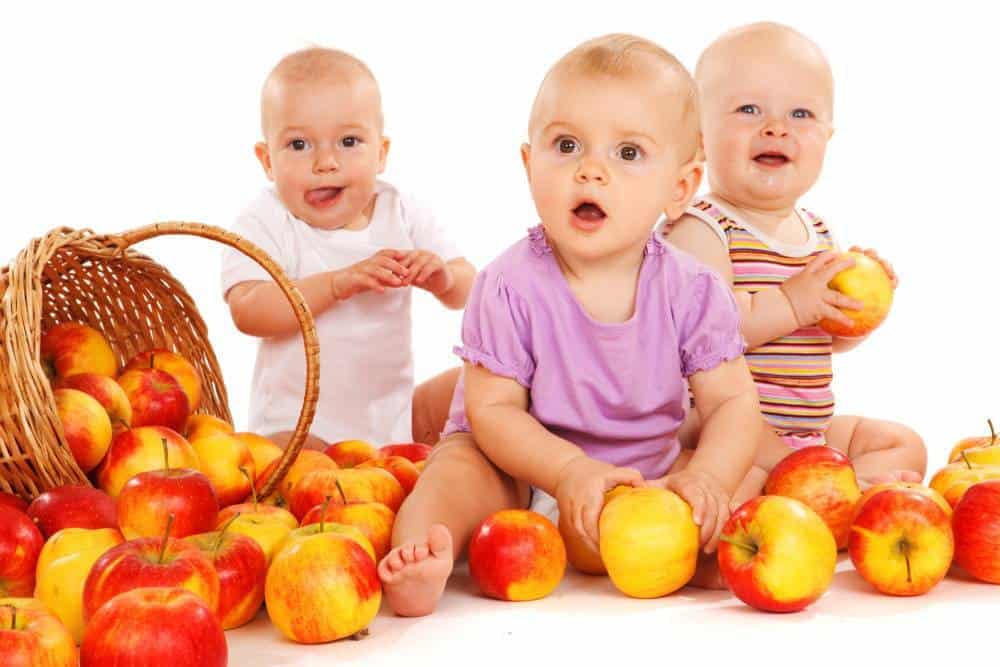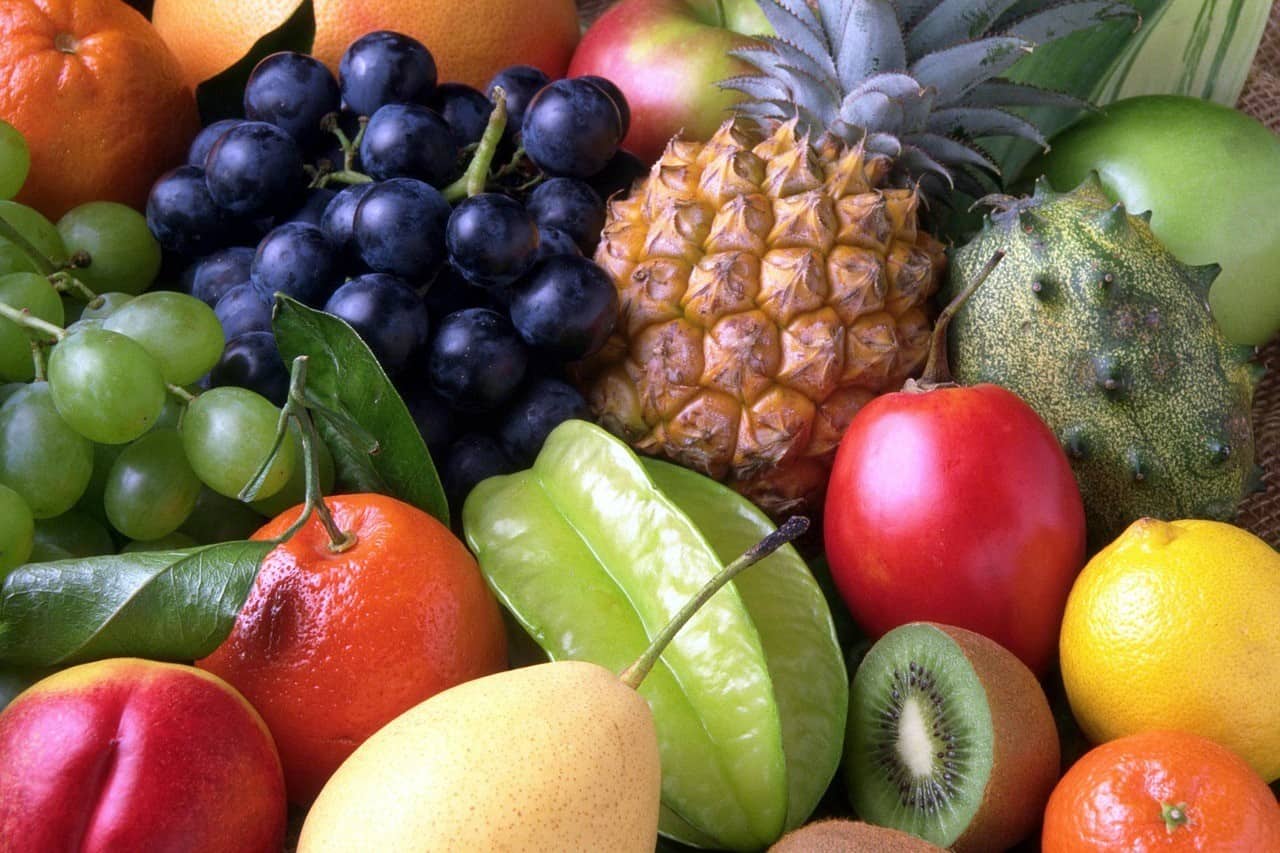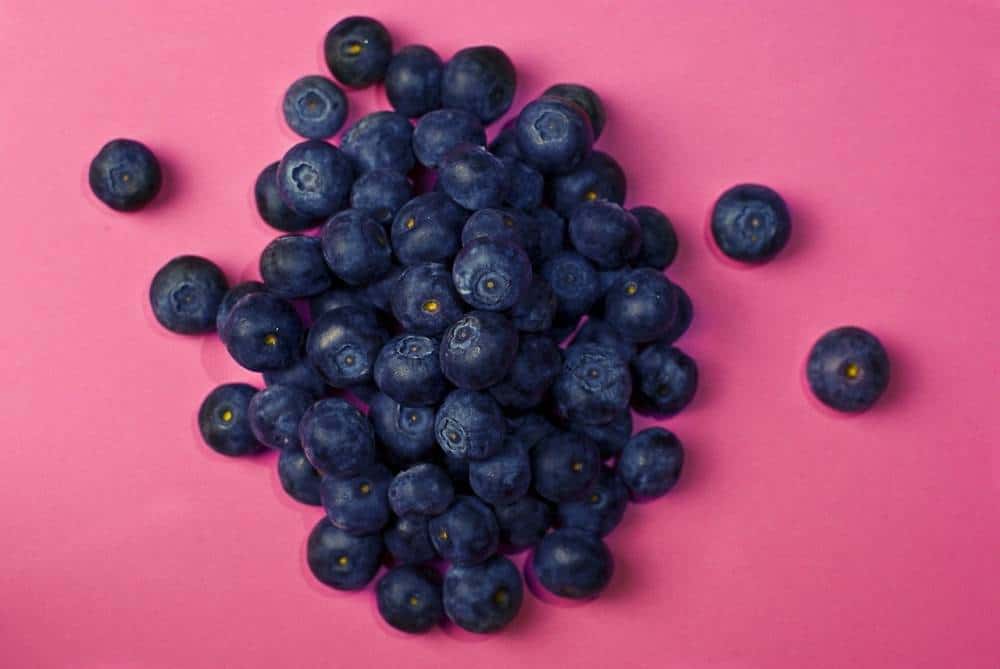
I’m so excited to discuss one of my favorite topics today; how to get your kids to eat healthy too! As many of you know, I’ve been reading and writing about health topics since before I had little ones. When I was blessed with my two small children I knew it was my duty to teach them how to eat healthy foods that would nourish them, helping their brains and their bodies grow.
Teaching them to eat healthy sounds simple – until you actually try to do it! My kids are the absolute pickiest eaters and it really takes a hard bargain to get them to eat their veggies. That’s until I introduced them to juicing.
Juicing is an amazing way to get your toddlers involved in healthy eating in a fun and delicious way. Not only do they enjoy tossing the produce into the juicer (with adult supervision of course), they are also happy to drink juice rather than be forced to chew and swallow intimidating green veggies at the dinner table.

I bought my first juicer years ago on Amazon and haven’t looked back since. Now it’s time for me to share all the benefits of juicing for babies and toddlers and see if it might be a good fit for your family too!
3 Reasons Why Juicing is Good for Your Family
1. It’s Simple
Juicing has long been an amazing way to flush your body with numerous vitamins and nutrients without having to worry about force-feeding your family vegetables at every meal.
Juicing is so simple – you literally just toss the fruits or vegetables into the top, press down with a handy device and your produce is immediately turned into a colorful and nutritious juice.
2. It’s Healthy (and Tasty!)
I’m not sure about your family, but juice is the #1 request I get from my little ones. They beg and beg and beg for some juice in their favorite sippy cup. Now, instead of buying the sugar-laden juices you’ll find at the grocery store, you can just swing through the produce aisle and pick a variety of colorful fruits and vegetables.

Toss them in your juicer and voila, your children are getting all their vitamins and nutrients straight from the source. No more added sugars or reading nutrition labels in the juice aisle.
3. It Helps Prevent Waste
Another great thing about juicing when it comes to families is that it’s a great way to deal with leftover produce that’s about to go bad in your fridge. I don’t know about you, but I often get a little too excited when I start throwing produce in my cart on Sunday morning.
While the horde of fruits and veggies looks promising and amazing, I’m often left with too much at the end of the week and end up tossing most in the trash by Sunday.
3 Tips on Juicing for Babies and Toddlers
The good news is that juicing for babies and toddlers is just like juicing for anyone else. You really don’t have to do anything different though there are some tips I can share with you to make the introduction easier.
1. Get Them Involved
As with anything, babies and toddlers will be more engaged and excited about juicing if you involve them in the process. Luckily, that’s super easy to do. While you should never let your toddler juice on their own, there are ways to allow them to help you.
I like to involve my kids right from the start; at the grocery store. Point out all the amazing fruits and vegetables and have them pick some of their favorites. Once you get home, let them help you peel lemons or oranges or pull grapes off the vine.

When you’re ready to start juicing, hold your child up at the height of the juicer and let them watch you insert the produce and press it down. If you’re comfortable, you could even let them toss the produce into the juicer themselves, being careful they don’t insert their hands into the contraption.
Allowing your kids to be involved in the process will get them excited and have them feeling special. It’s also a great way to teach them about different types of fruits and vegetables and their benefits.
2. Start Off Sweet
There are so many wonderful juicing recipes on the internet. Some of my personal favorites include kale, ginger, and beets. However, as you know, adult tastes buds appreciate different things than babies or toddlers do. I learned the hard way that being too adventurous off the bat could turn your child off from juicing.
You want to make sure to get them hooked with sweet delicious juices first and then introduce more earthy or tangy concoctions later.
This mom created a YouTube video on making carrot juice for babies. Carrot juice is a great starting point when juicing for babies and toddlers. It’s surprisingly sweet, tasty, colorful and easy to make. The bonus is that carrots have tons of vitamins and minerals that help with eye health, cancer prevention, heart health and more.

You can also consider trying out juices that have apples, pineapple, blueberries, or other fruits that are sweet and already something your child might like. Again, even giving your child the option to pick their own fruits can be a great way to get them on board with juicing.
3. Turn it Into a Learning Experience
Juicing can be used as a great way to teach babies or toddlers their colors, how to count, or even become a way to explain why eating fruits and vegetables is important for their health.
Most recipes call for several different servings of different fruits and vegetables. Use this as a way to teach them to count how many pieces they are putting into the juicer. Also have them tell you the color of each item before it goes in as well.
If you have older children you could even have them read off the ingredients and the instructions and your toddler could be tasked with finding each item, naming its color and then tossing it in.
As you can see, there are plenty of amazing ways to involve your babies and toddlers in the process of juicing. Sure, some stuff could be over their head at the moment but I’m a firm believer that every interaction counts when it comes to growing children.
The Nutritional Benefits of Juicing for Babies and Toddlers
Learning aside, juicing is obviously an amazing way to get loads of nutrients into your child without them hemming and hawing about it. You’ll want to try for a variety of fruits and vegetables in order to get the best nutritional boost possible. Choosing a mixture of produce will guarantee a mixture of vitamins, minerals, antioxidants and phytonutrients.

Most fruits and vegetables contain vitamins, minerals, antioxidants and phytonutrients but here are some of my favorites for children:
- Berries
- Carrots
- Apples
Berries
Berries contain lots of phytonutrients. Phytonutrients are naturally occurring chemicals that help protect plants from threats like bacteria, fungi, bugs and germs. Unlike vitamins and minerals, you don’t actually need phytonutrients to survive. The reason they’re important is because they “may help prevent disease and keep your body working properly,” according to WebMD.
Since there are slightly different benefits to each berry, it’s best to include a variety in your family’s diet. Create a fruit medley with a mix of blueberries, raspberries, strawberries, and blackberries.

I like to call berries “Nature’s Candy.” This is because they contain naturally-occurring sugars – the kind that won’t spike your sugar levels and put you on overdrive, only to crash again shortly after.
One study found that berries seem to delay and reduce sugar absorption. This is great news for children! They want something sweet and tasty and it’s so easy for us to concede and hand over sweets and treats. Adding berries to their diet or their juices can give them that sweet treat without putting them over the edge.
Carrots
As I mentioned earlier, carrots are a great introductory vegetable to toss in your child’s new juice concoction. Carrots have boatloads of vitamins and nutrients and offer a sweet and delicious taste.

According to Organic Facts, the main benefit of carrots come from their beta carotene. The U.S. National Library of Medicine tells us that beta-carotene has a whole host of amazing benefits. It’s been known to help decrease the symptoms of exercise-induced asthma, prevent certain cancers and heart disease as well as treat a whole host of diseases including, but not limited to:
- AIDS
- Alcoholism
- Alzheimer’s disease
- Depression
- Epilepsy
- High blood pressure
- Infertility
- Schizophrenia
- Parkinson’s
- Rheumatoid arthritis
- Skin conditions
Beta-carotene has also been used to help reduce the risk of sunburn. When I read this stuff I just can’t even believe my eyes. So many amazing benefits, not to mention their positive affect on your and your child’s eye health as well.
The National Library of Medicine also states that 5 servings of fruits and vegetables per day will give you about 6-8 mg of beta-carotene. You could easily increase the intake for you and your family by making carrot juice a part of your daily regimen.
Aside from beta-carotene, carrots are also a great source of antioxidants, vitamins A, C, K, B8, and folate.
Apples
We all know an apple a day keeps the doctor away, but do we actually heed that message? I’m not the biggest fan of apples, but juicing them is the best. Especially when your children likely already enjoy apple juice, giving them the freshest version possible provides some amazing satisfaction as a mom.
Apples are another one of those amazing fruits that helps control blood sugar levels. It’s a great way to get energy without causing a sugar spike. The World’s Healthiest Foods tells us that “apple polyphenols can help prevent spikes in blood sugar through a variety of mechanisms.”

The polyphenols help “lessen the absorption of glucose from the digestive tract; to stimulate the beta cells of the pancreas to secrete insulin; and to increase uptake of glucose from the blood via stimulation of insulin receptors.”
On top of that, apples have ingredients that help prevent and treat cancer, heart disease and some age-related diseases. They are also a good source of fiber and vitamin C.
Juicing Recipes for Babies and Toddlers
Before I go I want to share some of my favorite juicing recipes with you. These are ones that were a hit at my house and can be a nice introduction when juicing for babies and toddlers. They will give you a great mix of fruits and vegetables and be tasty enough for your biggest juice critic to enjoy.
Recipe #1: Tropical Apple Splash
Ingredients
- 2 green apples
- ½ cup of pineapple (chopped)
- 2 celery stalks
- 2 small beets
- 3 large carrots
Recipe # 2: Mean Green Lemonade
Ingredients
- 3 green apples
- 1 handful of fresh spinach
- 2 stalks celery
- 1 lemon (peeled)
Recipe #3: Berry Blast
Ingredients
- 7 strawberries
- ½ cup chopped pineapple
- 1 cup blueberries
- 2 red apples
- 1 handful spinach
Final Thoughts on Juicing for Babies and Toddlers
So what do you think? Are you ready to introduce juicing to your children? Don’t forget, juicing can be a simple and fun way to give your family all the vitamins and nutrients they need, along with phytonutrients and antioxidants that will help them live a long healthy life.
You learned that juicing can be simple, tasty and help you reduce the amount of produce you waste. You can make juicing for babies and toddlers fun by:
- Getting them involved
- Starting off sweet
- Turning it into a learning experience
Let me know what you think! Drop me a comment below if you have your own tips or tricks on juicing for babies and toddlers!
Sources: 1, 2, 3, 4, 5, 6, 7, 8
Leave a comment